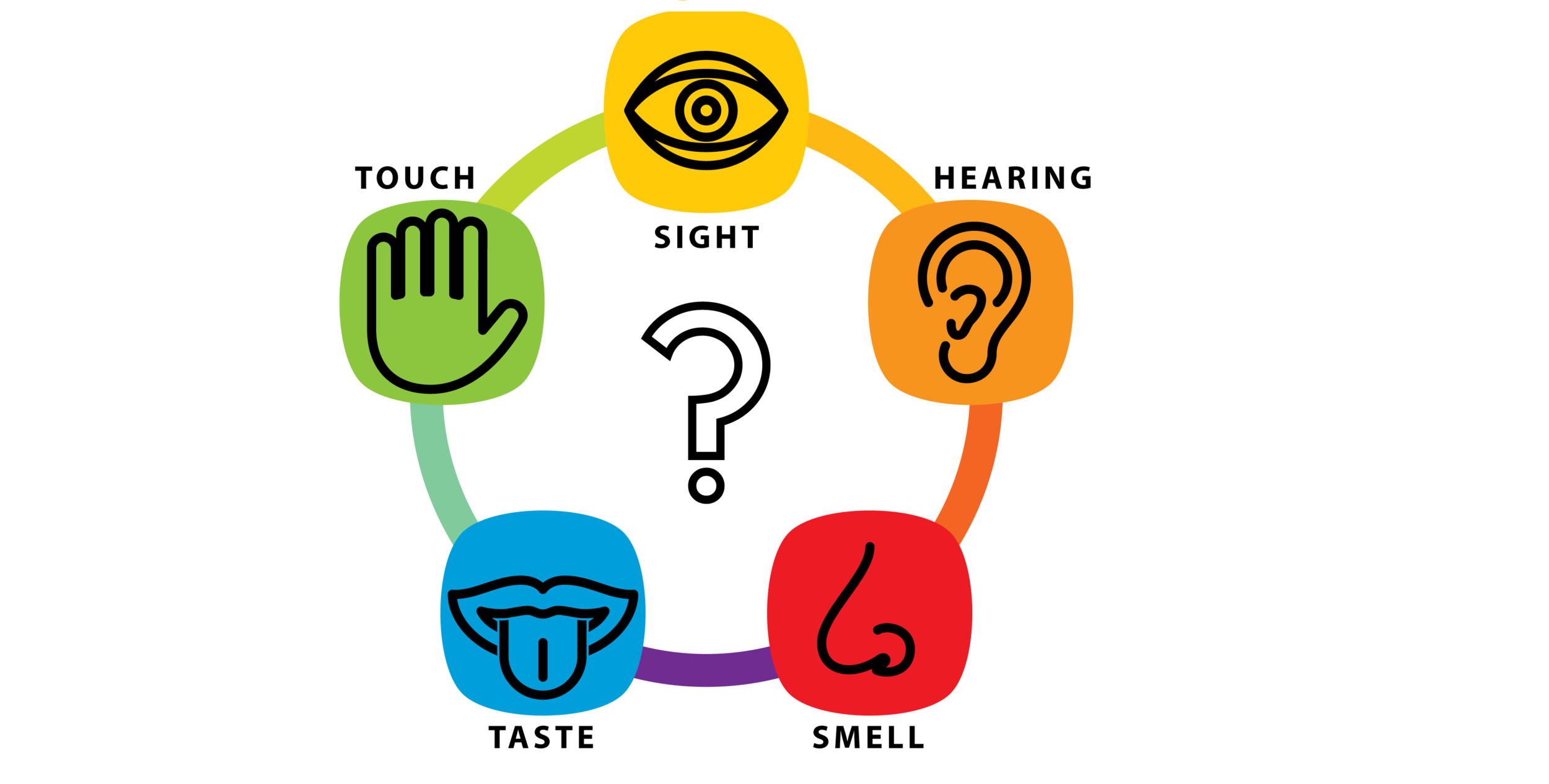DNA, or deoxyribonucleic acid, is at the root of all life as we know it. Using just four component nucleotide bases, DNA contains all the information needed to build any protein. To make a protein, DNA is transcribed into mRNA, which is in turn “translated” into a protein by molecules called ribosomes. More specifically, the mRNA is “read” by ribosomes in groups of three base pairs called codons, each of which codes for one of 20 possible amino acids. The set of rules that determines which codon codes for which amino acid is called the genetic code, and it is common to almost all known organisms--everything, from bacteria to humankind, shares the same protein expression schema. It is this common code that allows synthetic biologists to insert one organism’s genes into another to create transgenic organisms; generally, a gene will be expressed the same way no matter what organism possesses it. Interestingly, some scientists are attempting to alter this biological norm: rather than modifying genes, they are attempting to modify the genetic code itself in order to create genetically recoded organisms, or GROs.
This modification is possible due to the redundancy of the genetic code. Because there are 64 possible unique codons and only 20 amino acids found in nature, many amino acids are specified by more than one codon. Theoretically, then, researchers should be able to swap every instance of a particular codon with a synonymous one without harming a cell, then repurpose the eliminated codon.1 This was proven possible in a 2013 paper by Lajoie et al. published in Science; in it, a team of scientists working with E. coli cells substituted all instances of the codon UAG, which signals cells to stop translation of a protein, with the functionally equivalent sequence UAA. They then deleted release factor 1 (RF1), the protein that gives UAG its stop function. Finally, they reassigned the function of UAG to code for a non-standard amino acid (NSAA) of their choice.1
In a more recent paper, Ostrov et al. took this recoding even further by excising seven codons from the E. coli genome, reducing it to 57 codons. Because there are 62,214 instances of these codons in the E. coli genome, researchers couldn’t directly excise them from the E. coli DNA with typical gene-editing strategies. Instead, they resorted to synthesizing long stretches of the modified genome, inserting them into the bacteria, and testing to make sure the modifications were not lethal. At time of publishing, they had completed testing of 63% of the recoded genes and found that most of their changes had not significantly impaired the bacteria’s fitness, indicating that such large changes to the genetic code are feasible.2
Should Ostrov’s team succeed in their recoding, there are a number of possible applications for the resulting GRO. One would be the creation of virus-resistant cells.1,2,3 Viral DNA injected into recoded bacteria would be improperly translated if it contained the repurposed codons due to the modified protein expression machinery the GRO possesses. Such resistance was demonstrated by Lajoie in an experiment in which he infected E. coli modified to have no UAG codons with two types of viruses: a T7 virus that contained UAG codons in critical genes, and a T4 virus that did not. As expected, the modified cells showed resistance to T7, but were infected normally by T4. The researchers concluded that more extensive genetic code modifications would probably make the bacteria immune to viral infection entirely.2 Using such organisms in lieu of unmodified ones in bacteria-dependent processes like cheese- and yogurt-making, biogas manufacturing, and hormone production would reduce the cost of those processes by eliminating the hassle and expense associated with viral infection.3,4 It should be noted that while GROs would theoretically be resistant to infection, they would also be unable to “infect” anything themselves. If GRO genes were to be taken up by other organisms, they would also be improperly translated as well, making horizontal gene transfer impossible. This means that GROs are “safe” in the sense that they would not be able to spread their genes to organisms in the wild like other GMOs can.5
GROs could also be used to make novel proteins. The eliminated codons could be repurposed to code for amino acids not found in nature, or non-standard amino acids (NSAAs). It is possible to use GRO’s to produce a range of proteins with expanded chemical properties, free from the limits imposed by strictly using the 20 standard amino acids.2,3 These proteins could then be used in medical or industrial applications. For example, the biopharmaceutical company Ambrx develops proteins with NSAAs for use as medicine to treat cancer and other diseases.6
While GRO’s can do incredible things, they are not without their drawbacks. Proteins produced by the modified cells could turn out to be toxic, and if these GROs manage to escape from the lab into the wild, they could flourish due to their resistance to viral infection.2,3 To prevent this scenario from happening, Ostrov’s team has devised a failsafe. In previous experiments, the researchers modified bacteria so that two essential genes, named adk and tyrS, depended on NSAAs to function. Because NSAAs aren’t found in the wild, this modification effectively confines the bacteria within the lab, and it is difficult for the organisms to thwart this containment strategy spontaneously. Ostrov et al. intend to implement this failsafe in their 57-codon E. coli.2
Genetic recoding is an exciting development in synthetic biology, one that offers a new paradigm for genetic modification. Though the field is still young and the sheer amount of DNA changes needed to recode organisms poses significant challenges to the creation of GROs, genetic recoding has the potential to yield tremendously useful organisms.
References
- Lajoie, M. J., et al. Science 2013, 342, 357-360.
- Ostrov, N., et al. Science 2016, 353, 819-822.
- Bohannon, J. Biologists are close to reinventing the genetic code of life. Science, Aug. 18, 2016. http://www.sciencemag.org/news/2016/08/biologists-are-close-reinventing-genetic-code-life (accessed Sept. 29, 2016).
- Diep, F. What are genetically recoded organisms?. Popular Science, Oct. 15, 2013. http://www.popsci.com/article/science/what-are-genetically-recoded-organisms (accessed Sept. 29, 2016)
- Commercial and industrial applications of microorganisms. http://www.contentextra.com/lifesciences/files/topicguides/9781447935674_LS_TG2_2.pdf (accessed Nov. 1 2016)
- Ambrx. http://ambrx.com/about/ (accessed Oct. 6, 2016)




















